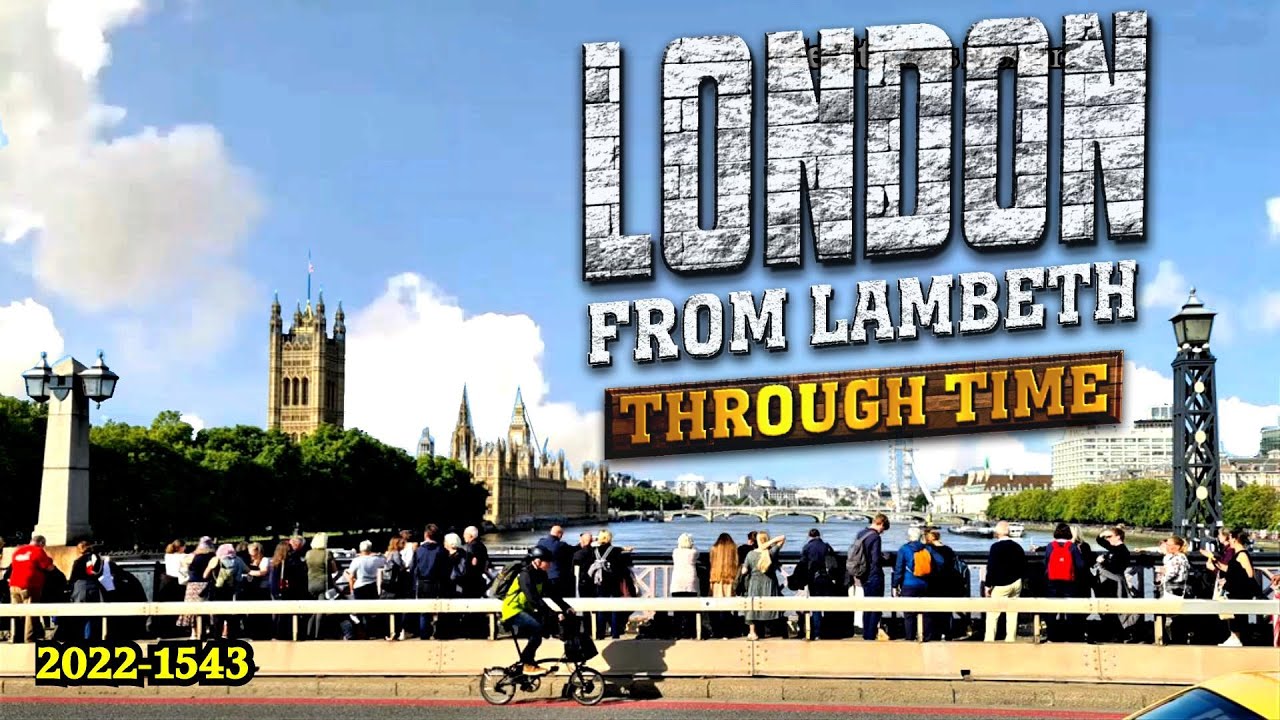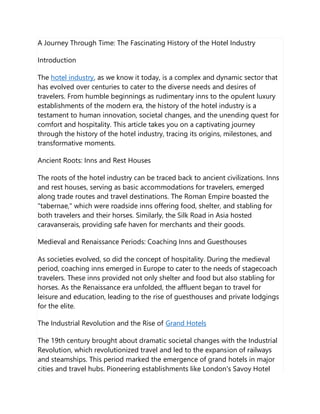
Introduction
Overview of Time Travel in London
Time travel in London captivates the imagination, blending the allure of history with futuristic possibilities. Imagine strolling through the ancient streets while pondering the stories hidden in their cobbled pathways.
- Landmarks whisper tales of the past.
- Time travel narratives fuel our curiosity.
Brief History of Time Travel Concepts
Historically, the concept of time travel has intrigued philosophers and scientists alike. From H.G. Wells’ “The Time Machine” to contemporary theories in physics, the notion of traversing time unveils endless possibilities.
- Early Philosophers : Explored time as a dimension.
- 20th Century : Literature popularized time travel.
As each age contributes a unique perspective, London’s rich tapestry of history provides a perfect backdrop for this exploration.

Ancient London: Roman Times
Roman Influence on London
Transitioning into the ancient past, London’s story takes a significant turn with the arrival of the Romans. Founded around AD 43, Londinium became a bustling hub of trade and culture.
- Roman engineering introduced advanced infrastructure.
- The establishment of roads linked diverse regions.
Notable Sites and Artifacts
Exploring London’s Roman legacy reveals fascinating sites and artifacts that still echo through time. Key locations such as:
- The London Wall : A remarkable remnant of Roman defenses.
- Beneath the City : Excavations of the amphitheater and streets.
Artifacts like pottery, coins, and mosaics further illustrate life during this pivotal period, reminding us of the rich tapestry that characterizes modern London.

Medieval London: The Middle Ages
Life in Medieval London
As the Roman influences faded, the Middle Ages ushered in a new era of life in London, characterized by bustling markets and diverse communities.
- The populace engaged in trades from textiles to farming.
- Social hierarchy defined relationships, with nobility and merchants central to city life.
Daily routines revolved around the market, where scents of spices and sounds of haggling filled the air, creating a vibrant atmosphere.
Famous Medieval Landmarks
London’s medieval landscape boasted iconic structures that have transcended the centuries, many of which still stand today. Highlights include:
- The Tower of London : Serving both as a royal palace and prison, its storied history captivates many.
- Westminster Abbey : A magnificent example of Gothic architecture, this site has hosted countless royal ceremonies.
These landmarks not only tell tales of the past but also serve as a testament to the endurance of London’s historical heritage.

Tudor and Stuart Era: Renaissance and Revolution
Transition Periods in London
Moving from the Medieval era, the Tudor and Stuart periods heralded significant transformations in London. The monarchy’s changes influenced societal structures, paving the way for groundbreaking shifts.
- The rise of the merchant class began to reshape economic power.
- Political turmoil, such as the English Civil War, impacted daily life.
This era saw London asserting itself as a cultural and political center, reflecting the complexities of a city in flux.
Cultural and Architectural Developments
The Renaissance brought an explosion of artistic and architectural innovation to London, with notable creations defining the skyline. Key developments include:
- The Globe Theatre : A cultural landmark where Shakespeare’s plays brought joy to many.
- Hampton Court Palace : A splendid testament to Tudor architecture, famously associated with Henry VIII.
Art flourished, as painters and poets intertwined their talents, leaving a rich legacy that continues to resonate within London’s vibrant culture today.
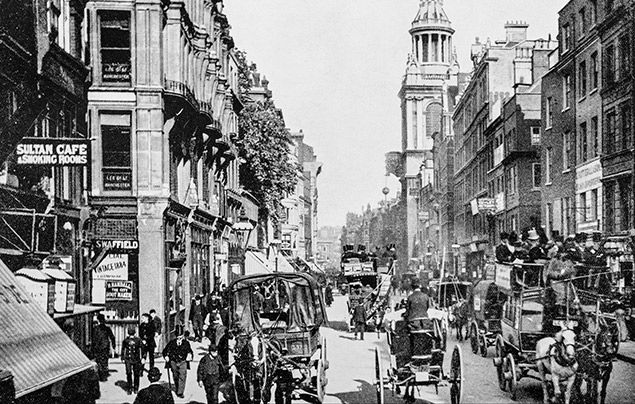
Victorian London: Industrial Revolution
Impact of Industrialization
As we shift into the Victorian era, the Industrial Revolution fundamentally altered the landscape and life of London. Factories, railways, and innovations transformed the economy and society dramatically.
- Increased job opportunities drew people to the city.
- Urbanization led to overcrowded living conditions.
The hustle and bustle of factory life changed daily rhythms, leading to a mix of excitement and challenges for its residents.
Victorian Architecture and Lifestyle
This era’s architectural style is marked by grandeur and creativity, showcasing the city’s transformation. Some highlights include:
- The Houses of Parliament : An iconic Gothic structure, symbolizing political power.
- St. Pancras Railway Station : A magnificent example of Victorian engineering, adorned with ornate details.
Victorian life, characterized by strict social codes and advancements in culture, saw the rise of middle-class values, theatre, and literature. The allure of the period is palpable, as London solidified its presence as a beacon of innovation and change.

World War Eras: 20th Century Events
London During World Wars
Transitioning into the tumultuous 20th century, London faced the harsh realities of two World Wars that profoundly shaped its history. During these conflicts, resilience became the city’s hallmark.
- The Blitz of WWII tested Londoners, forcing them into underground shelters.
- Rationing and resourcefulness were part of daily life.
Communities banded together, showcasing an indomitable spirit that defined the era.
Memorials and Reminders of the Wars
Today, numerous memorials serve as poignant reminders of London’s wartime sacrifices and triumphs. Significant sites include:
- The Cenotaph : A solemn tribute to the fallen, especially poignant during remembrance services.
- Imperial War Museum : Housing artifacts and exhibitions that narrate the stories of war.
These memorials ensure that the resilience and sacrifice of past generations are never forgotten, connecting present Londoners to their city’s legacy.

Modern London: Contemporary Time Travel
Evolving London Landscape
As we move into the modern age, London continues to evolve, seamlessly blending contemporary elements with its storied past. Iconic developments reshape the skyline, creating a city that is both vibrant and reflective.
- The Shard : A symbol of modernity piercing the clouds.
- Green Spaces : Parks like the Queen Elizabeth Olympic Park nourish urban life.
This dynamic landscape fosters a unique atmosphere where the old meets the new, making every visit an adventure through time.
Preservation of Historical Sites
Amidst this transformation, preserving historical sites remains crucial. Londoners cherish their rich heritage, evident in initiatives aimed at conservation. Notable efforts include:
- The Tower of London : Continues to be maintained, safeguarding centuries of history.
- Historic England : Works diligently to protect sites at risk of development.
These preservation efforts ensure that as London evolves, it stays grounded in its remarkable past, allowing future generations to experience its historical richness.

Theories and Concepts of Time Travel
Scientific Views on Time Travel
Diving deeper into the realm of time travel, scientific perspectives offer intriguing possibilities. Theoretical physics, especially Einstein’s theory of relativity, suggests that time is not linear but a dimension that can be manipulated under certain conditions.
- Wormholes : Hypothetical passages through spacetime that might allow travel between different points.
- Time Dilation : Observed in fast-moving objects, where time slows down compared to stationary observers.
Such theories challenge our understanding and ignite the imagination, bringing the concept of time travel closer to reality, even if only in theory.
Popular Culture Depictions
Transitioning from science to the realm of imagination, popular culture has embraced time travel fervently. From movies to books, these narratives allow us to explore fascinating what-ifs:
- “Doctor Who” : Introduces the iconic TARDIS, showcasing adventures through time and space.
- “Back to the Future” : Blends humor and adventure, capturing the joys and complications of altering the past.
These imaginative portrayals not only entertain but also provoke thought, inviting audiences to consider the implications of time travel beyond the scientific theories.
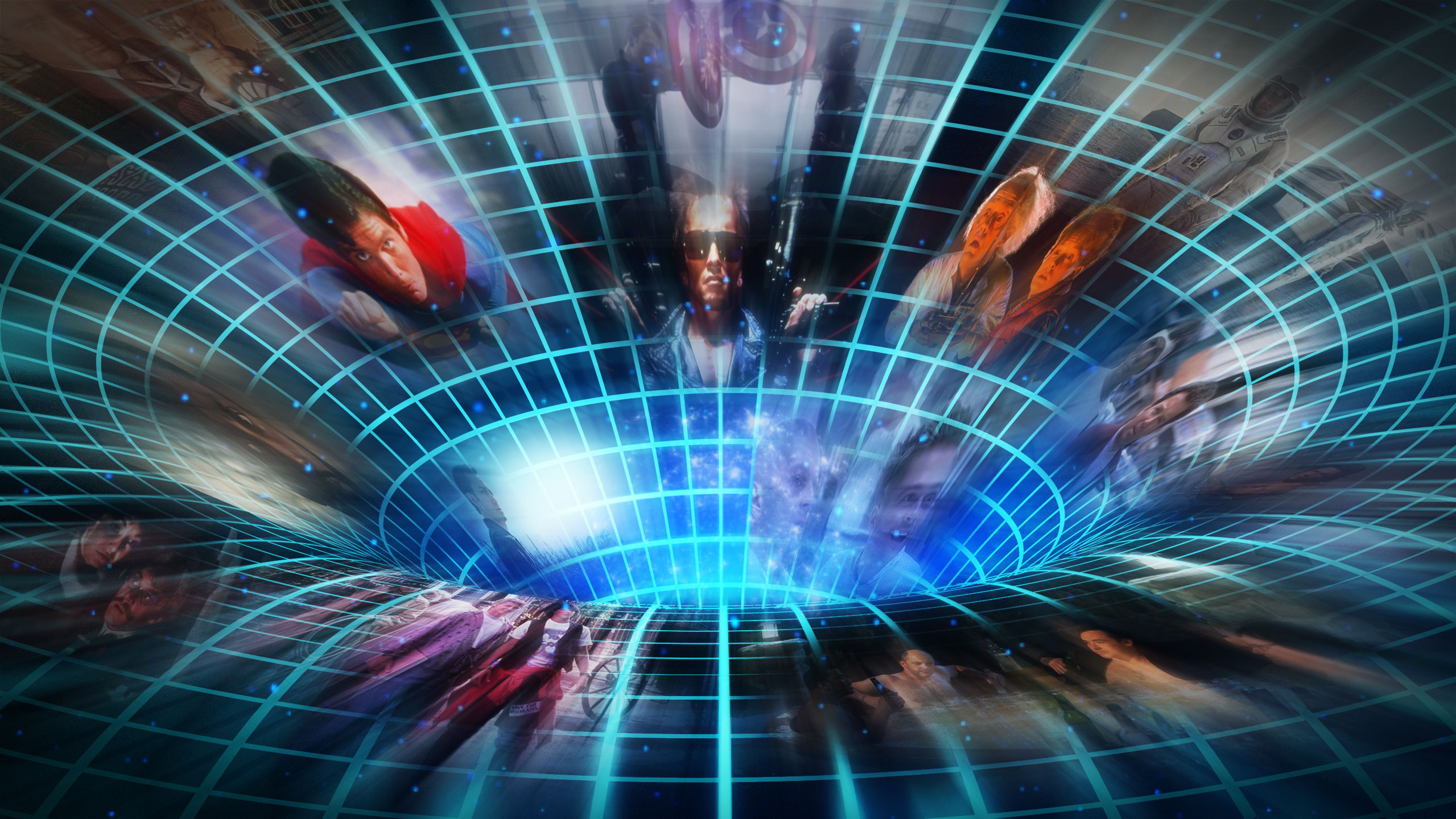
Challenges and Paradoxes in Time Travel
Temporal Paradoxes
Venturing further into the intricacies of time travel, we encounter compelling challenges, particularly temporal paradoxes. These perplexing scenarios can induce brain-bending thoughts and emotions.
- The Grandfather Paradox : What if you traveled back in time and inadvertently prevented your grandparents from meeting?
- Bootstrap Paradox : A scenario where an object or piece of information exists without a clear origin, raising questions about causality.
These paradoxes not only intrigue theorists but also challenge our understanding of reality and the implications of altering past events.
Ethical Considerations
Alongside these paradoxes come vital ethical considerations. If time travel were possible, humanity would need to grapple with serious moral dilemmas:
- Alteration of History : What consequences could arise from changing significant events?
- Personal Responsibility : Would travelers bear the burden of their actions on unsuspecting people in the past or future?
Such questions urge society to contemplate the balance between scientific advancement and ethical responsibility, making time travel not just a fascinating concept but a profound moral challenge.
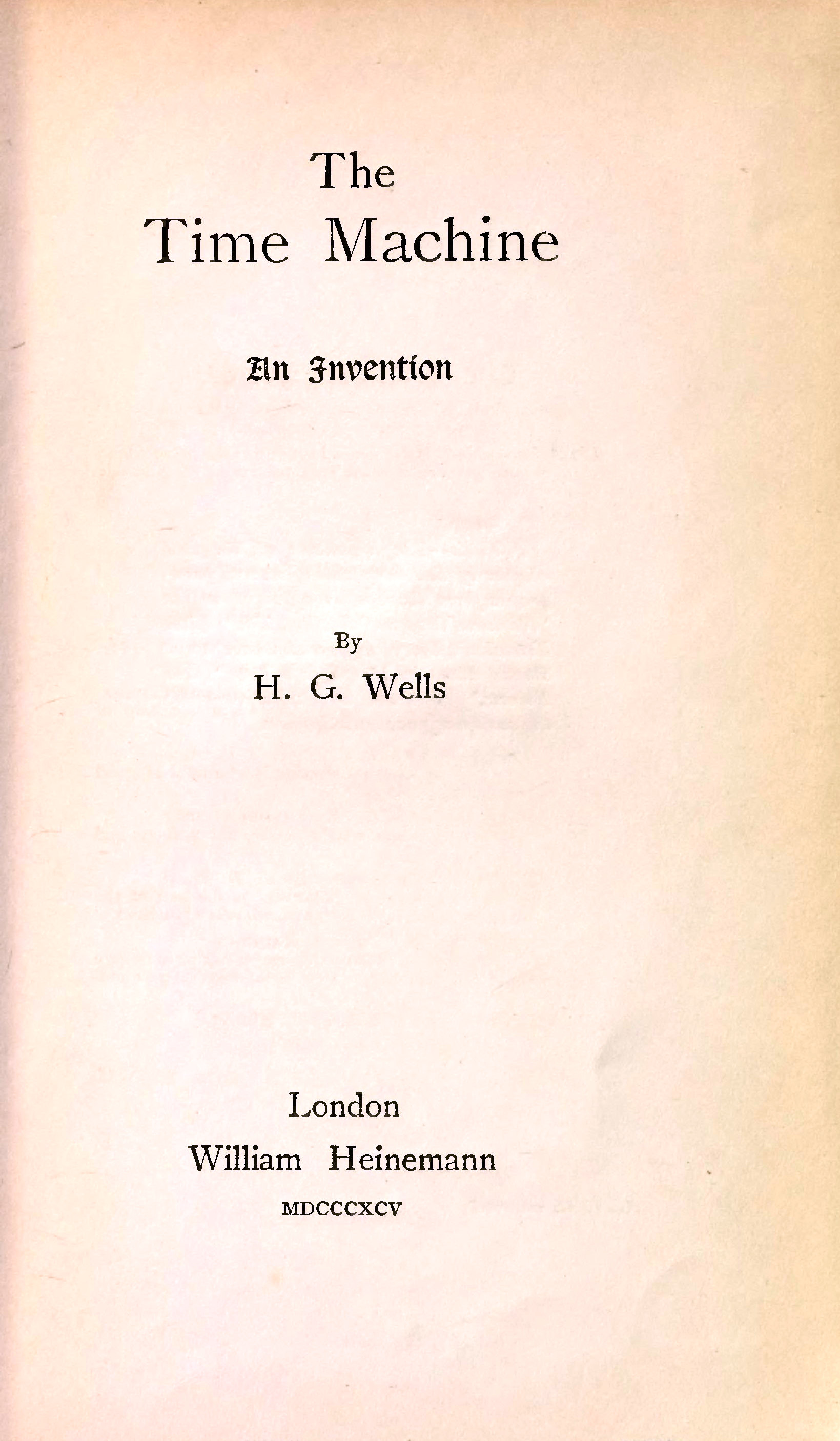
Future Possibilities of Time Travel
Technological Advancements
As we look to the future, the prospect of time travel beckons exciting technological advancements. Cutting-edge research continues to uncover new dimensions of physics and engineering that might one day pave the way for temporal exploration.
- Quantum Computing : The pursuit of quantum technologies could unravel mysteries of spacetime.
- Advanced Theoretical Physics : Continued exploration of theories like string theory could offer a framework for understanding time manipulation.
These developments invigorate the imagination, leaving many to wonder what breakthroughs might be on the horizon.
Speculations on Temporal Navigation
Imagining a world where time travel becomes a reality also invites fascinating speculations about temporal navigation:
- Time Tourism : Could we one day explore the age of dinosaurs or witness historical events firsthand?
- Temporal Guidelines : What rules and regulations would govern our journeys to prevent chaos?
While these thoughts seem far-fetched today, they encourage lively discussions on the boundaries of possibility, pushing the envelope of what humanity could one day achieve in the realms of time travel.

Conclusion
Reflections on London’s Temporal Journey
After traversing through the rich tapestry of London’s history, it becomes evident that the city stands as a living testament to time’s fluidity. Each era has woven its unique threads into the fabric of modern life, showcasing resilience and innovation.
- Historical Layers : From Roman streets to Tudor architecture, every layer tells a story.
- Cultural Evolution : The evolution of society is mirrored in London’s vibrant culture.
The city continuously embraces both its historical legacy and future possibilities, making it a fascinating case study for anyone intrigued by time travel.
Final Thoughts on Time Travel Exploration
As we ponder the complexities and wonders of time travel, it’s crucial to remember the balance between curiosity and ethical responsibility. Exploring the past offers insights into our present and futures.
- Encourage Dialogue : Open conversations about time travel stimulate imagination while grounding us in reality.
- Inspire Advancement : Together, we may unlock the secrets of time, enhancing our understanding of humanity’s journey.
The quest for time travel may be a speculative dream today, but it ignites the imagination and beckons us toward a future filled with possibility.

